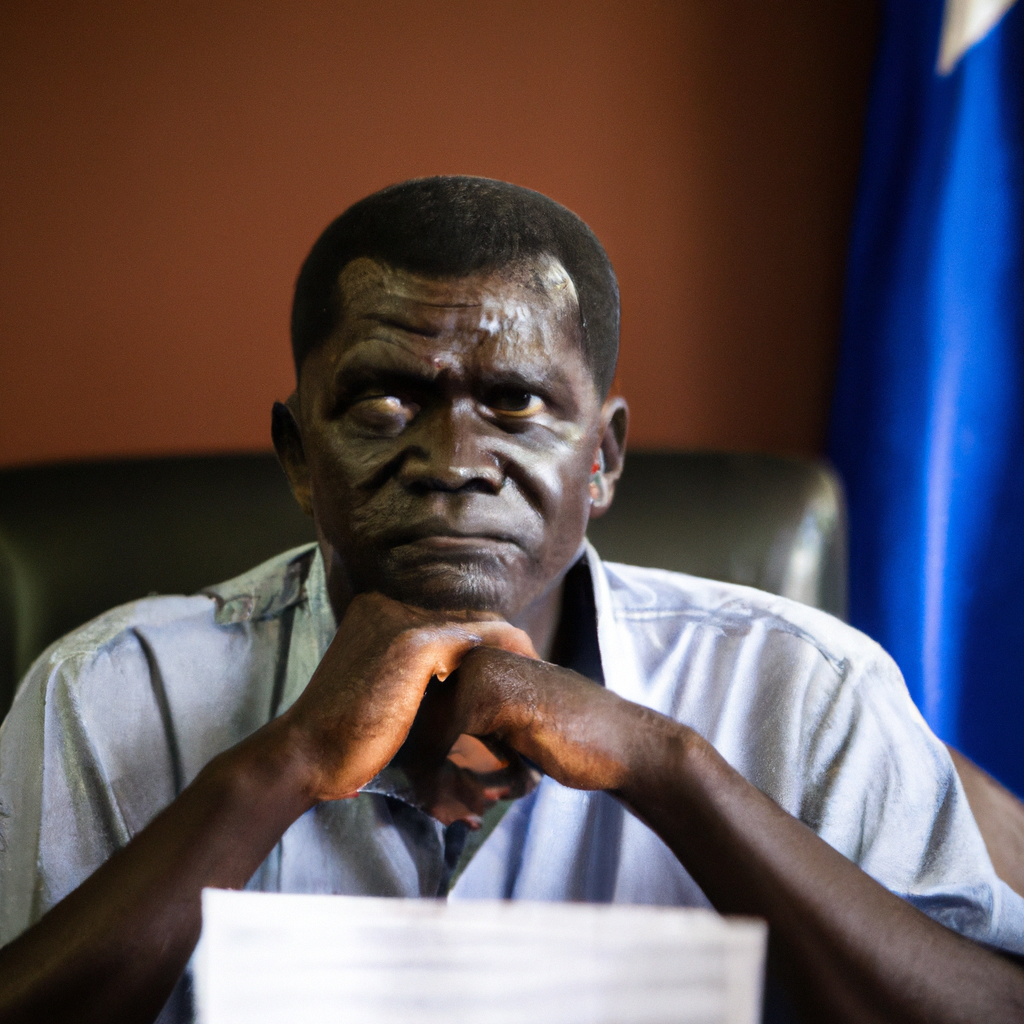A recent tragic incident in Uganda has raised urgent concerns about the nation’s capacity to monitor and respond to infectious diseases. A young child recently succumbed to Ebola, a viral hemorrhagic fever that has posed significant health threats in parts of Africa. This case has not only deepened fears surrounding Ebola’s potential spread in Uganda but also highlighted the existing gaps in disease monitoring and emergency response systems. Health officials are now scrambling to implement measures to prevent further outbreaks amid rising anxiety among communities in the child’s locality. The government and NGOs are rapidly coordinating efforts to improve Ebola awareness and surveillance.
Ebola Outbreak History in Uganda
Uganda has a history of dealing with Ebola outbreaks, with the first case reported in 2000. Since then, the nation has experienced several outbreaks, which have led to both health crises and socioeconomic disruption. Despite previous experience with the virus, the recent child’s death has raised significant alarm, particularly concerning the country’s preparedness and response mechanisms. According to health officials, the child was diagnosed after experiencing symptoms including fever and bleeding, which are common indicators of Ebola infection. Upon confirmation of the diagnosis, the Ugandan Ministry of Health issued a public warning, urging citizens to remain vigilant and report any symptoms that resemble those of Ebola.
Health authorities have initiated contact tracing to identify anyone who may have come into contact with the child or been in the vicinity since their symptoms began to manifest. Rapid testing and containment protocols have been deployed to contain the situation. Local communities have been urged to adhere to hygiene practices, including frequent hand washing and sanitation, which can help mitigate the risks of Ebola transmission.
Community Response to the Outbreak
In the aftermath of the child’s death, community response has been a mixed bag of fear, cooperation, and misinformation. While local leaders and health workers are emphasizing the importance of reporting symptoms and seeking medical attention, some community members have been hesitant to engage with health officials. Misinformation regarding the disease and its transmission has circulated, causing stigma that complicates efforts to track the virus’s spread.
Public health campaigns have mobilized quickly to counter these narratives. Local health educators are working diligently to inform residents about Ebola, providing clear, factual information that can dispel myths and encourage responsive health-seeking behavior. Schools, markets, and community centers are focal points for these outreach efforts.
Government Measures and Funding Needs
In response to the outbreak, the Ugandan government is increasing allocations for health surveillance and emergency preparedness. Leaders are calling for more funding and support from international health organizations to strengthen the country’s capacity to monitor and respond to health crises. The global community has also been urged to keep a close eye on the developments in Uganda, as the implications of an outbreak can rapidly extend beyond borders.
Uganda’s health system has shown resilience in the past, but continuous investments are necessary to ensure that existing protocols are effective. More than just resources, training for healthcare workers is crucial to timely identification of symptoms and appropriate responses. Local health facilities need the tools and education to act swiftly at the first sign of a new case, ensuring that response times are minimized.
The Path Forward
The death of the child in Uganda serves as a stark reminder of the ongoing threat posed by Ebola and similar infectious diseases. As the government and various stakeholders ramp up their efforts to monitor and manage the situation, community awareness and education remain key elements in combatting misinformation and fear.
A collaborative approach, involving government agencies, local communities, and international health partners, will be necessary to navigate this health crisis. Ensuring proper investment in health infrastructure could reinforce Uganda’s resilience against future outbreaks, protecting not only the nation’s children but the general populace as well. The spotlight is on Uganda now, emphasizing the need for robust monitoring systems that can adapt to emerging health challenges.








